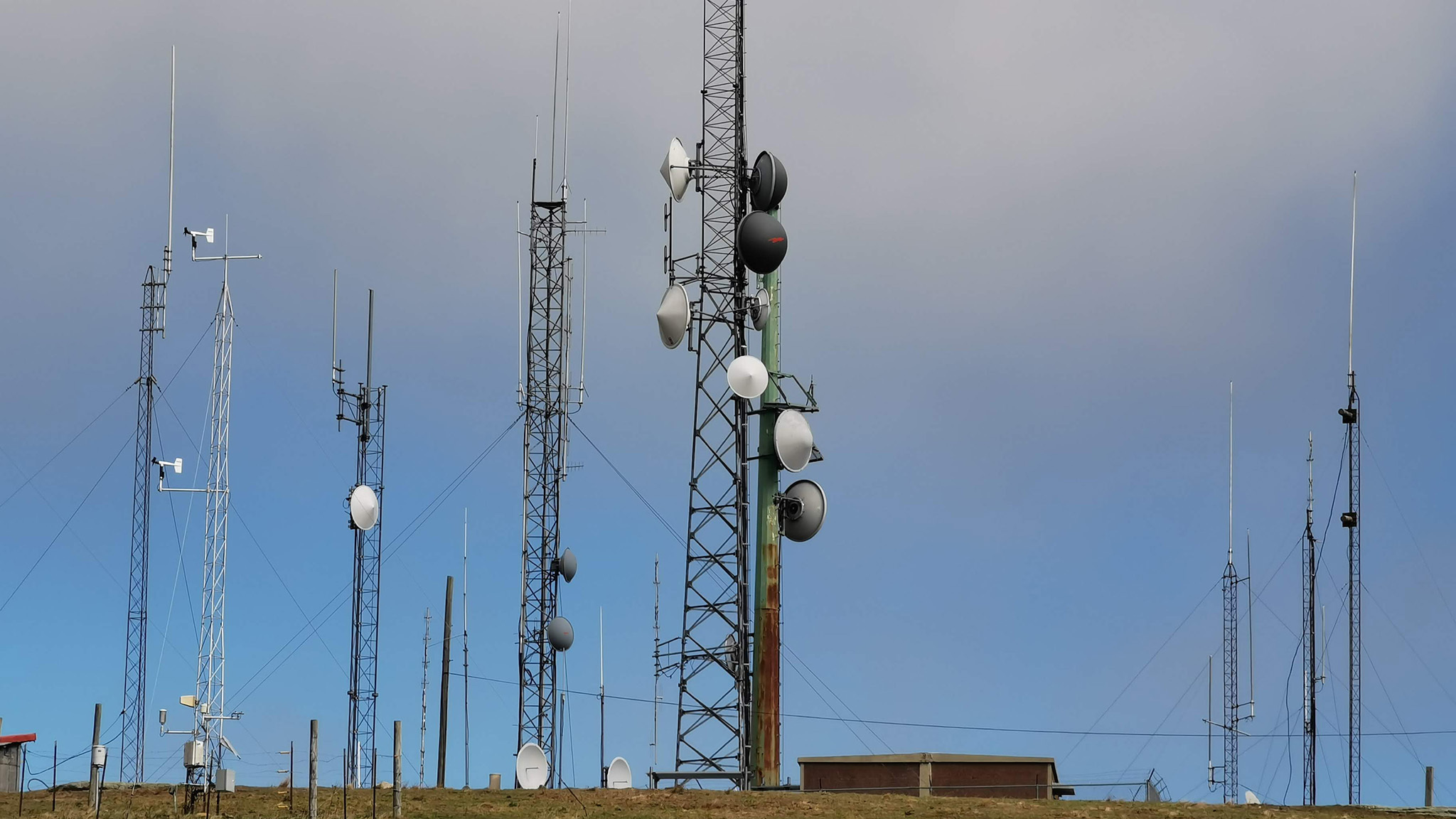Razer Kishi V2 hands-on: Sleeker, slimmer, smarter mobile gaming
A more Switch-like experience with a touch of Razer DNA.
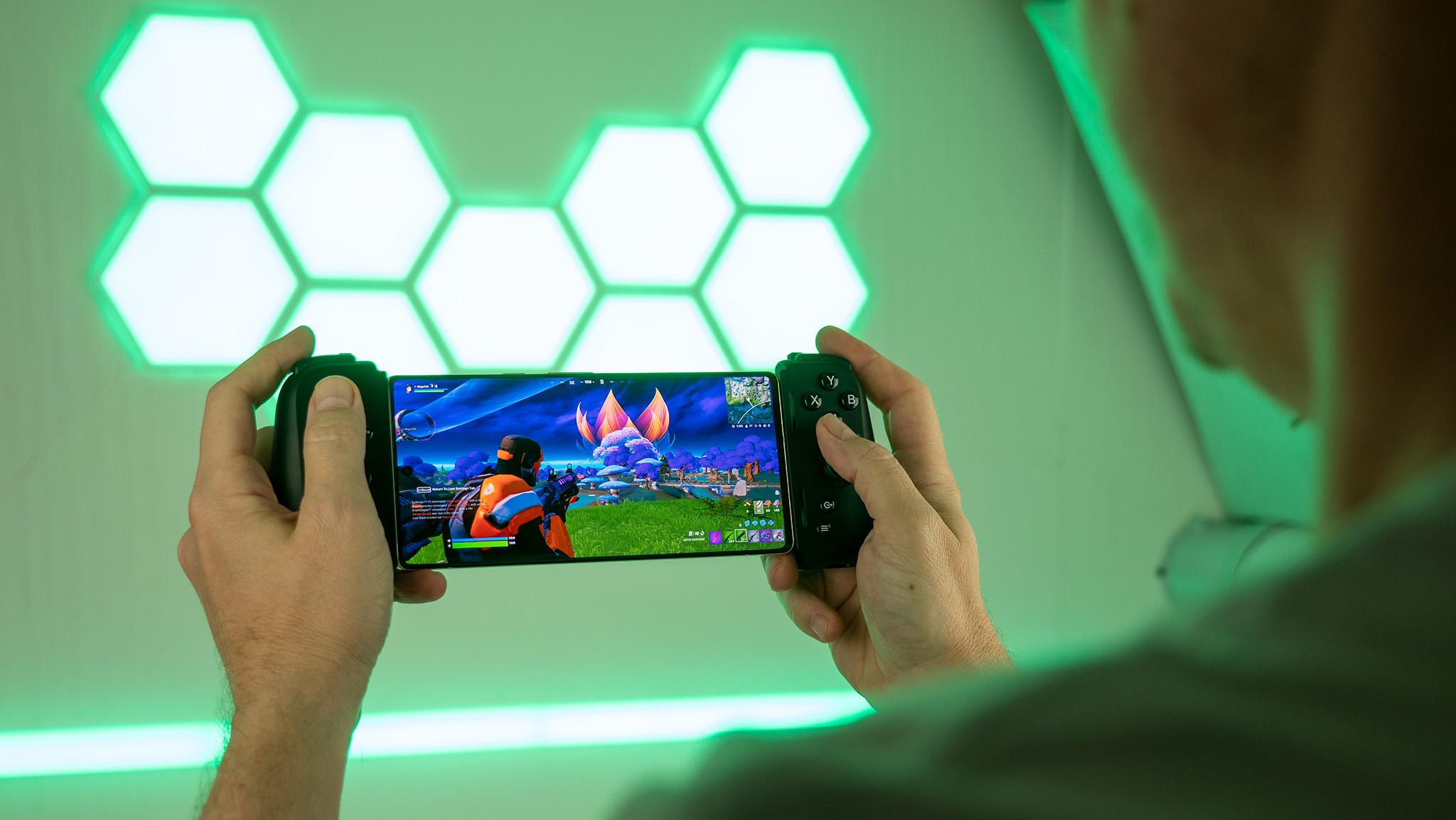
The much-loved Razer Kishi is getting a big upgrade with a new entry in the series, logically named the Razer Kishi V2. Razer is launching the new Android gaming controller today, June 8, for $100/€120 at Razer.com and authorized retailers (i.e. all the places you'd expect to buy a gaming controller).
Like the original, the Razer Kishi V2 is a portable Android gaming controller that features a USB type-C port that connects to a supported Android phone. Razer will be releasing an iPhone version of the controller later in Fall 2022. I've had the controller for a few days now and have been able to put it through its paces with several games of Fortnite, Minecraft, and a few other titles.
Razer Kishi V2 hands-on: getting a feel for it
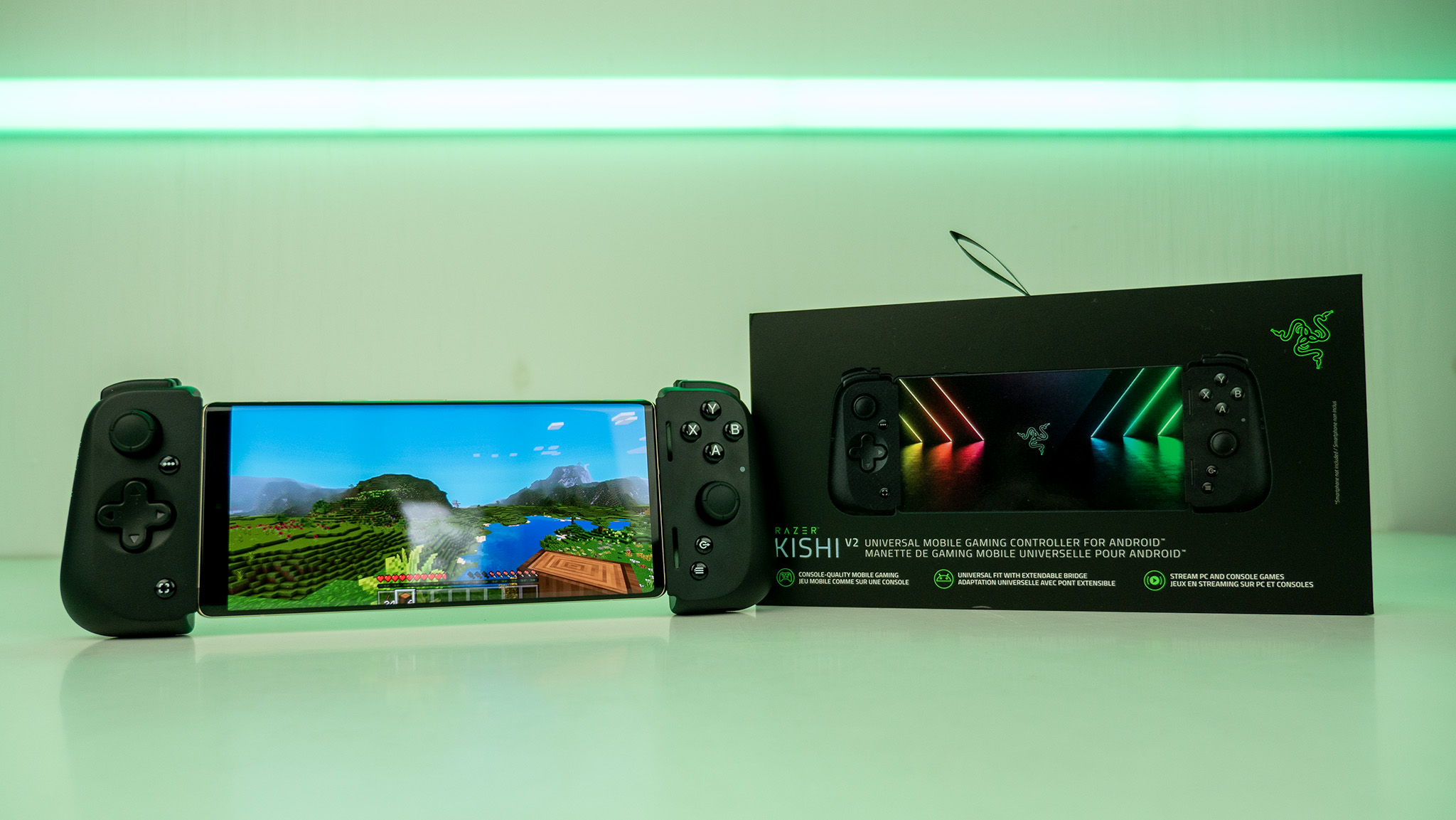
When compared to the original Razer Kishi, the Kishi V2 sports a much more streamlined aesthetic, slimming down those bulkier-looking handles with something that feels a little more sleek and slim. It also addresses one of our chief complaints about the original by adding textured, grippy sides to keep slippery, sweaty hands from ruining the perfect grip.
The Kishi V2 doesn't close all the way when not in use, unlike the original Kishi, which had a retaining plate that snapped into place when the controllers were connected together. While this makes the Kishi V2 slightly more awkward for taking on the go, the spring-loaded mechanism is much more gentle than the one you'll find in other excellent Android controllers like the GameSir X2.
While spring-loaded controllers can be awkward to load and unload a phone — a major complaint I have with the GameSir X2 — Razer added a handy alignment channel on the left side that fits supported phones inside, making it dead simple to load the top of the phone in and connect to the USB port on the right side of the controller.
In order to fit a range of phones, the controller comes with four interchangeable rubber fittings that can be swapped out at will, one fitting on each side of the controller.
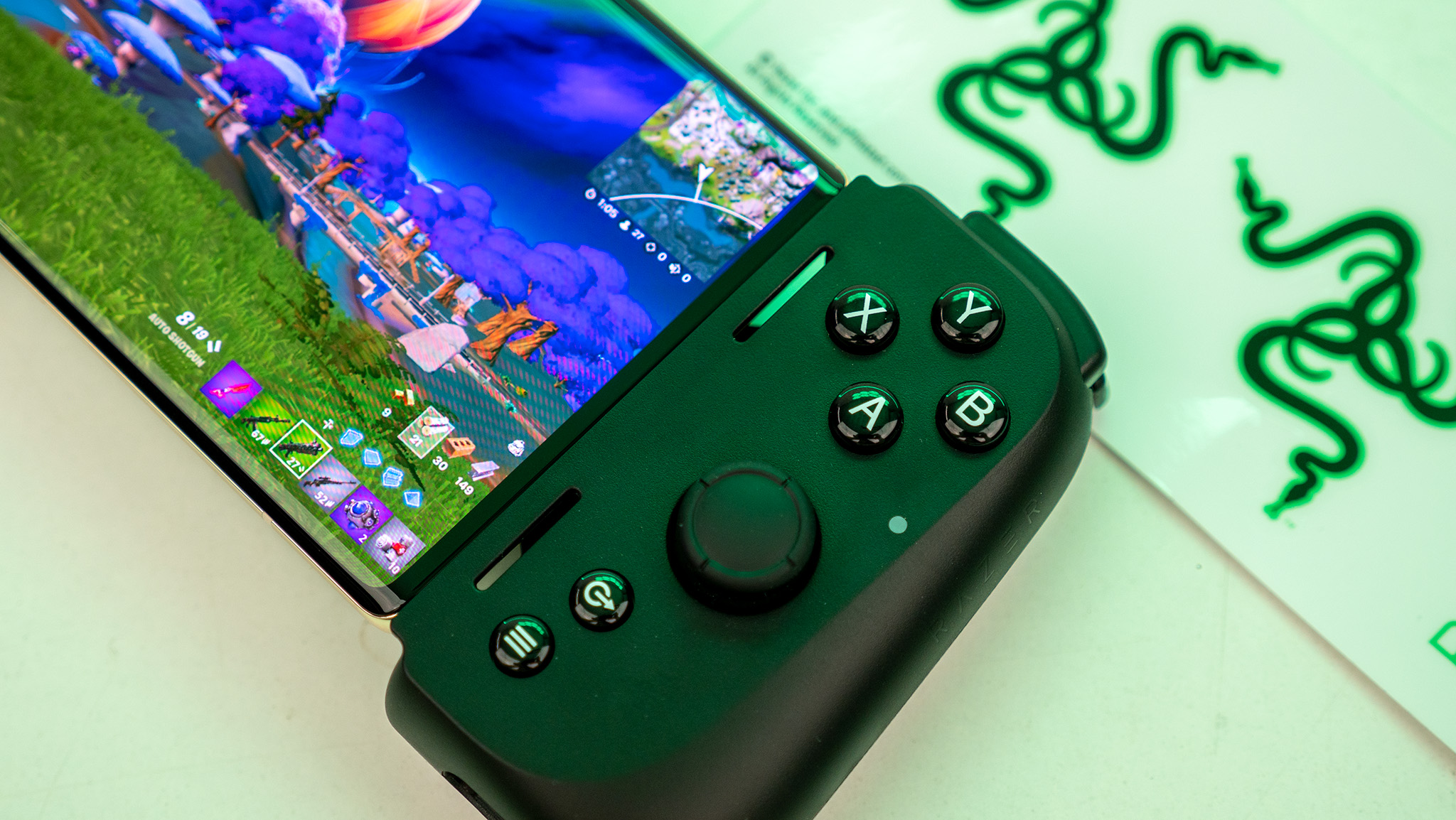
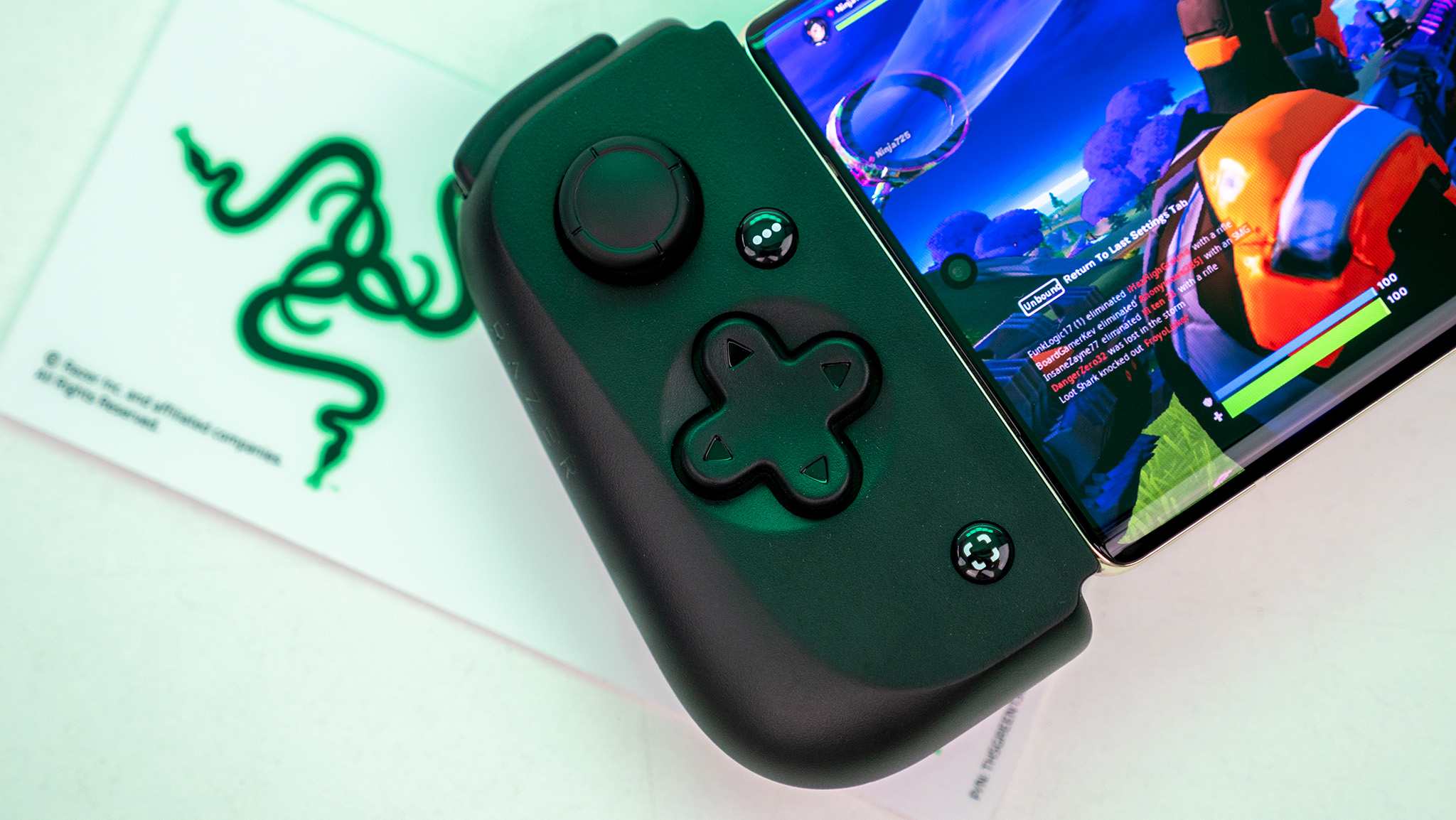
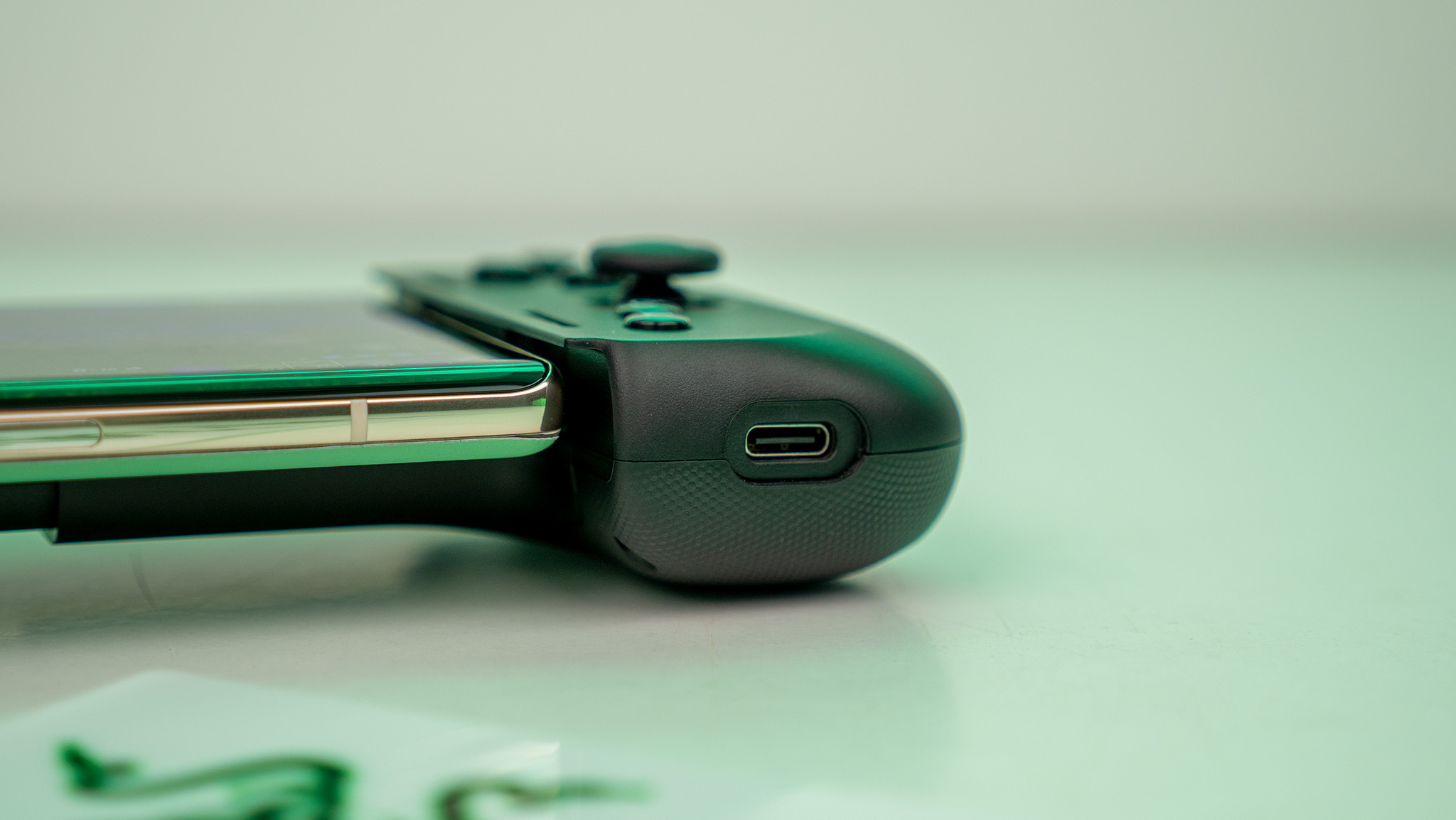
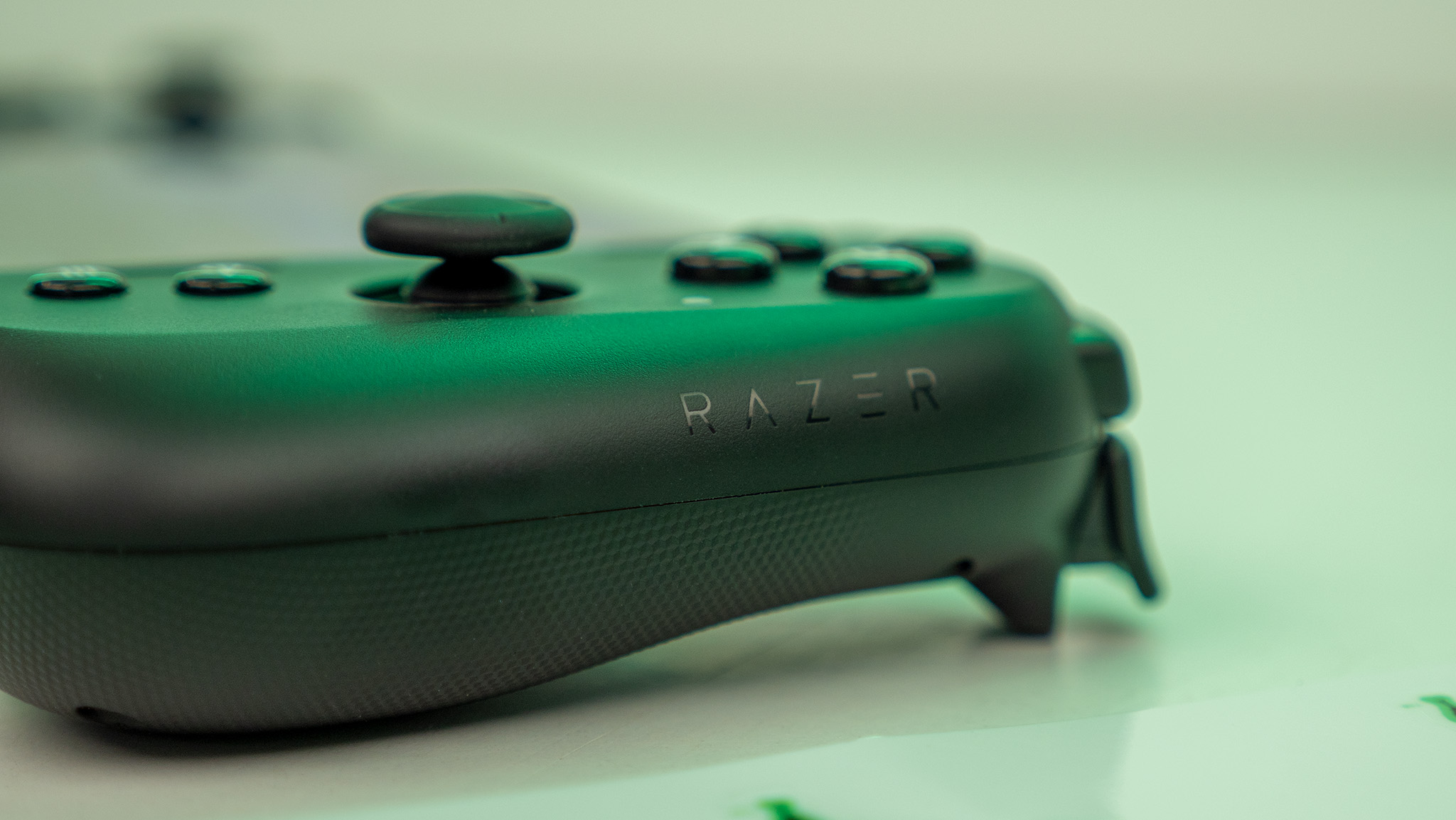
With the Kishi V2, Razer swapped out the joystick styles, slightly adjusted the button placement, and totally overhauled the triggers, as well.
Be an expert in 5 minutes
Get the latest news from Android Central, your trusted companion in the world of Android
While I appreciate the fact that the face buttons are center-aligned with the joystick on the right side of the controller, other folks might not be so keen on the design change. Jennifer Locke, who reviewed the original Razer Kishi for Android Central, remarked that she enjoyed the fact that Razer didn't align the joystick and face buttons, making it feel more like an Xbox controller.
This centered style is much more similar to the Nintendo Switch Joy-Cons and, in keeping with that theme, Razer swapped out the joysticks for ones that feel identical to the Switch Joy-Cons in every way. They even have those little grooves on the top grip. For me, this was a worse change as it makes it more difficult to aim precisely in shooter titles since they are extremely sensitive. Thankfully, the excellent D-Pad from the original Kishi has been left unchanged.
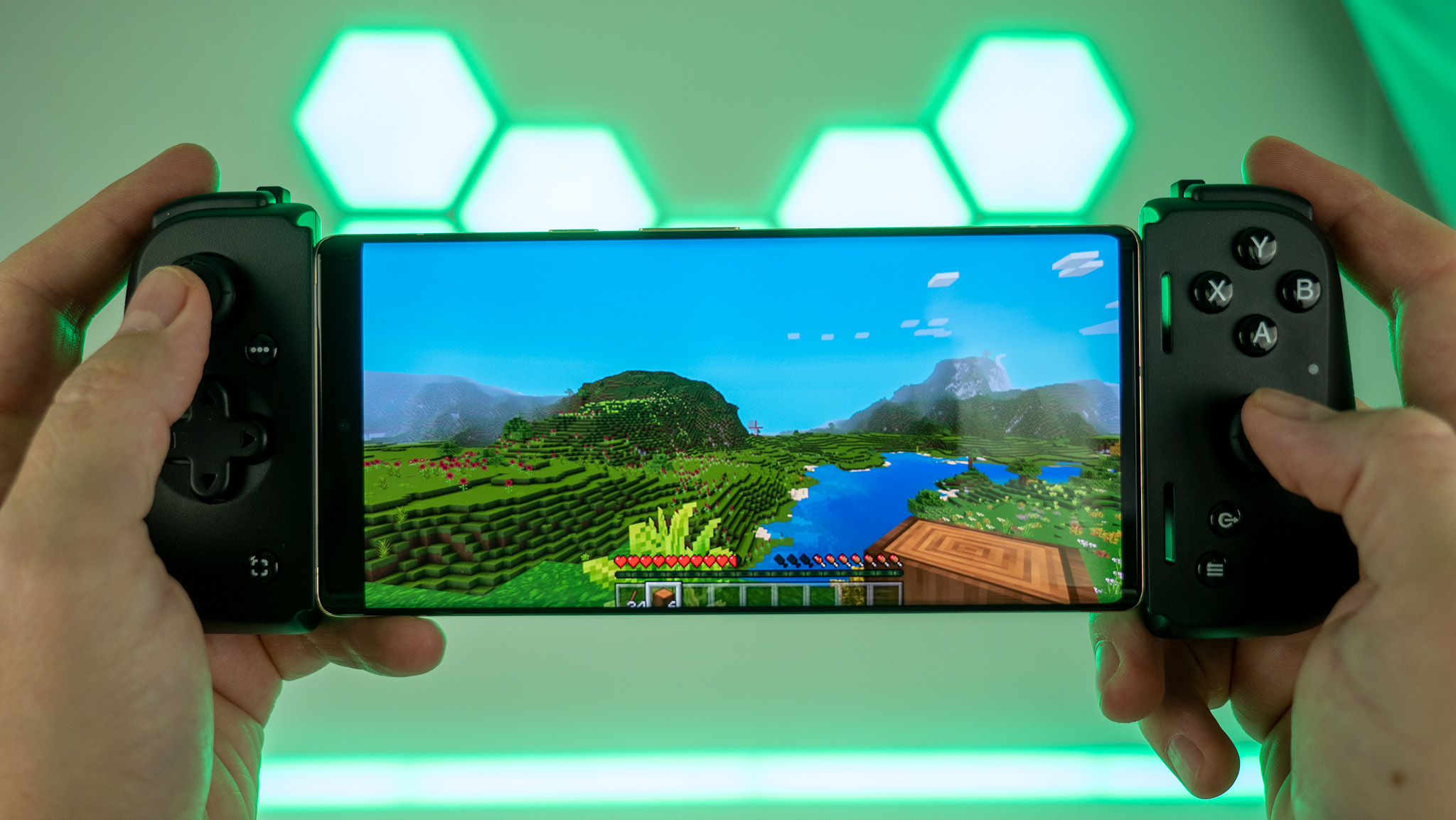
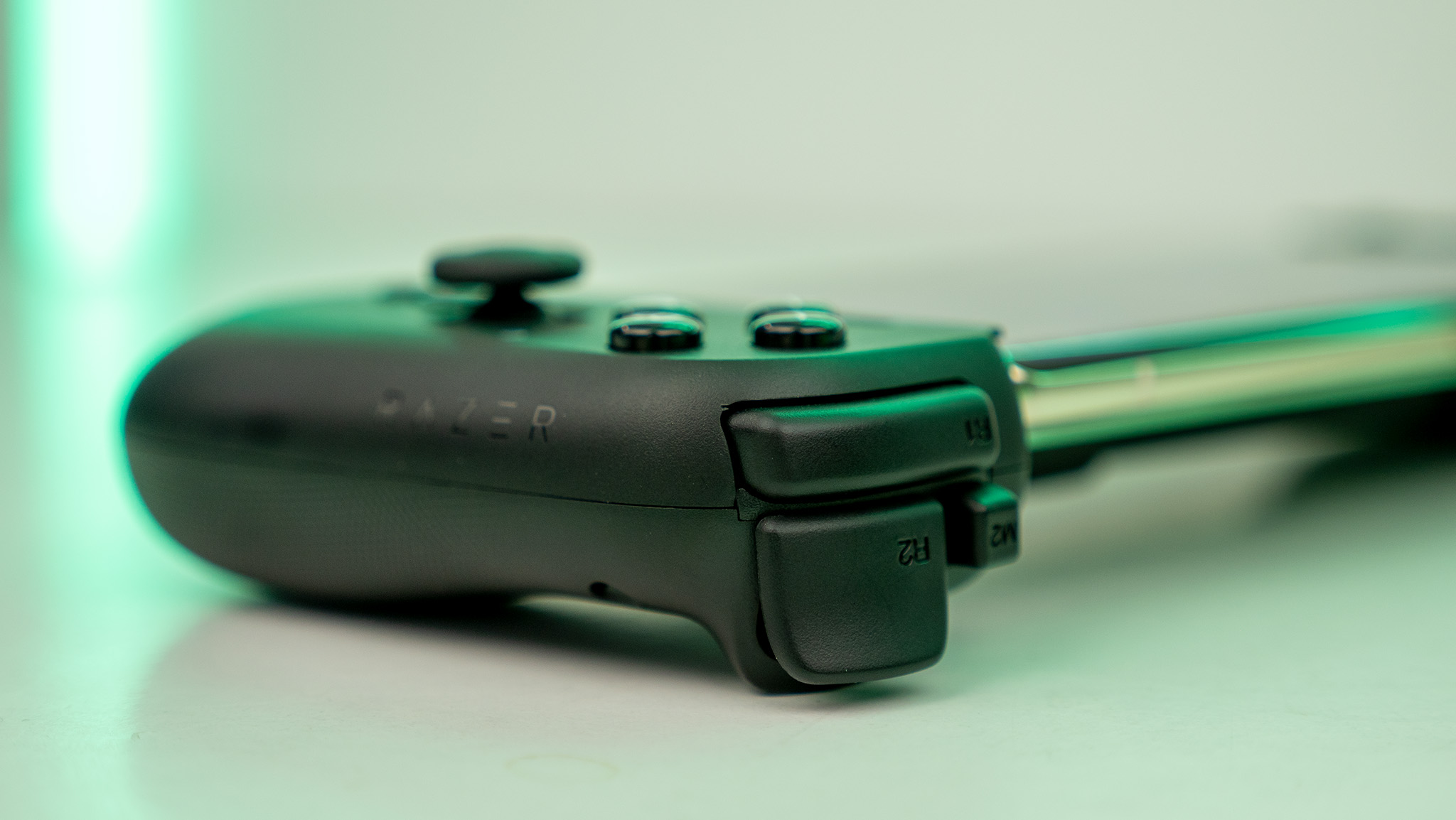
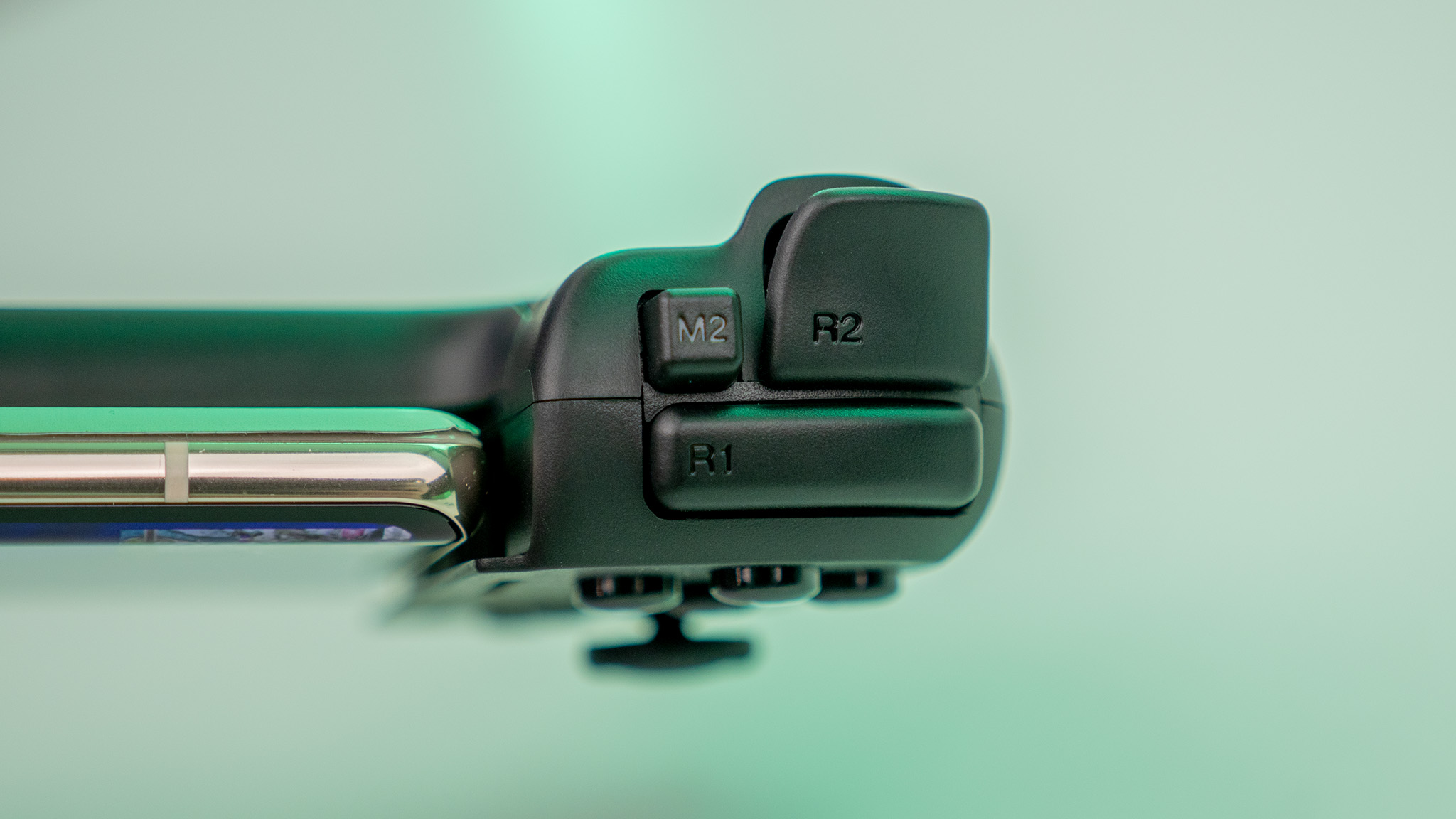
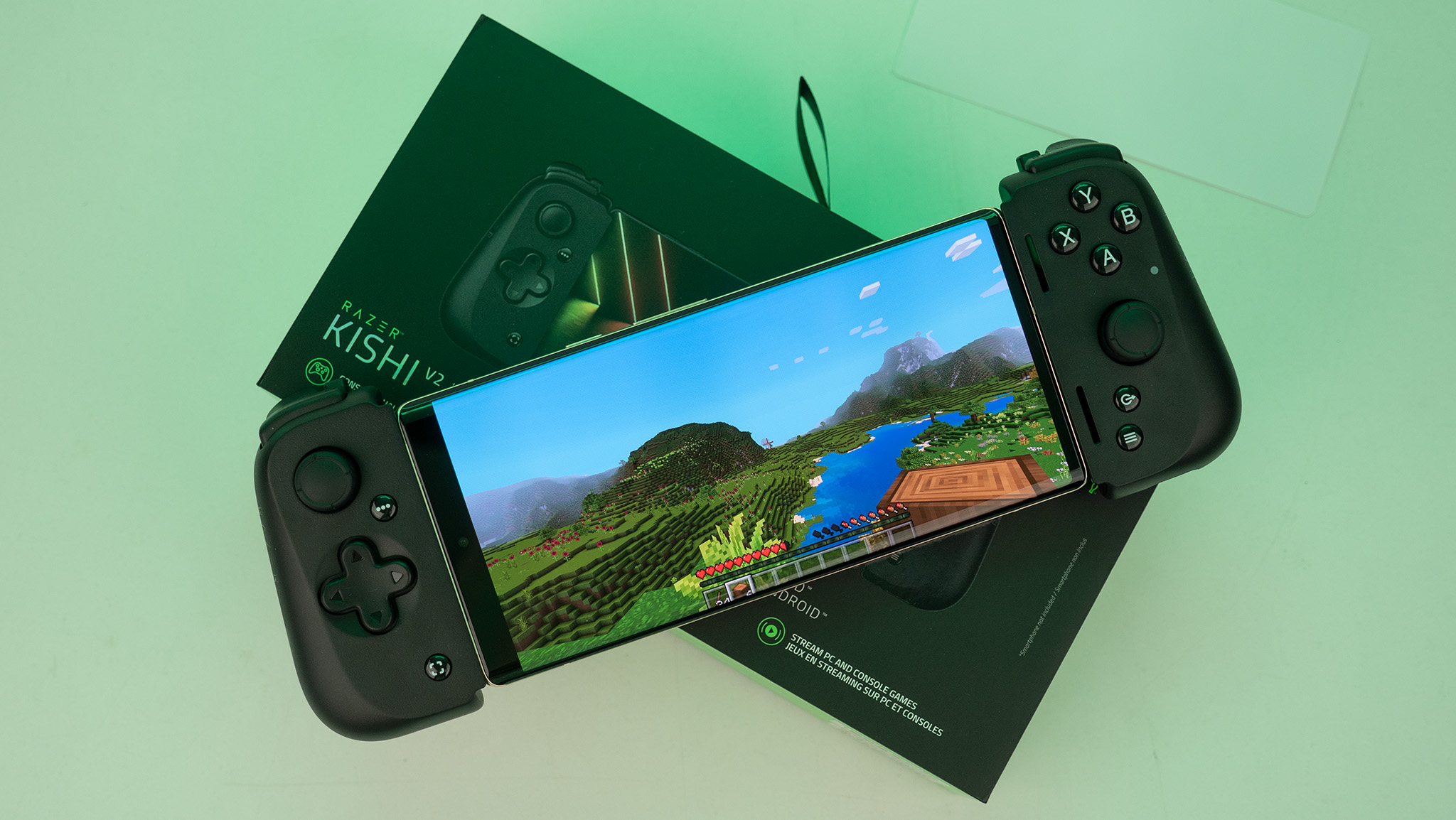
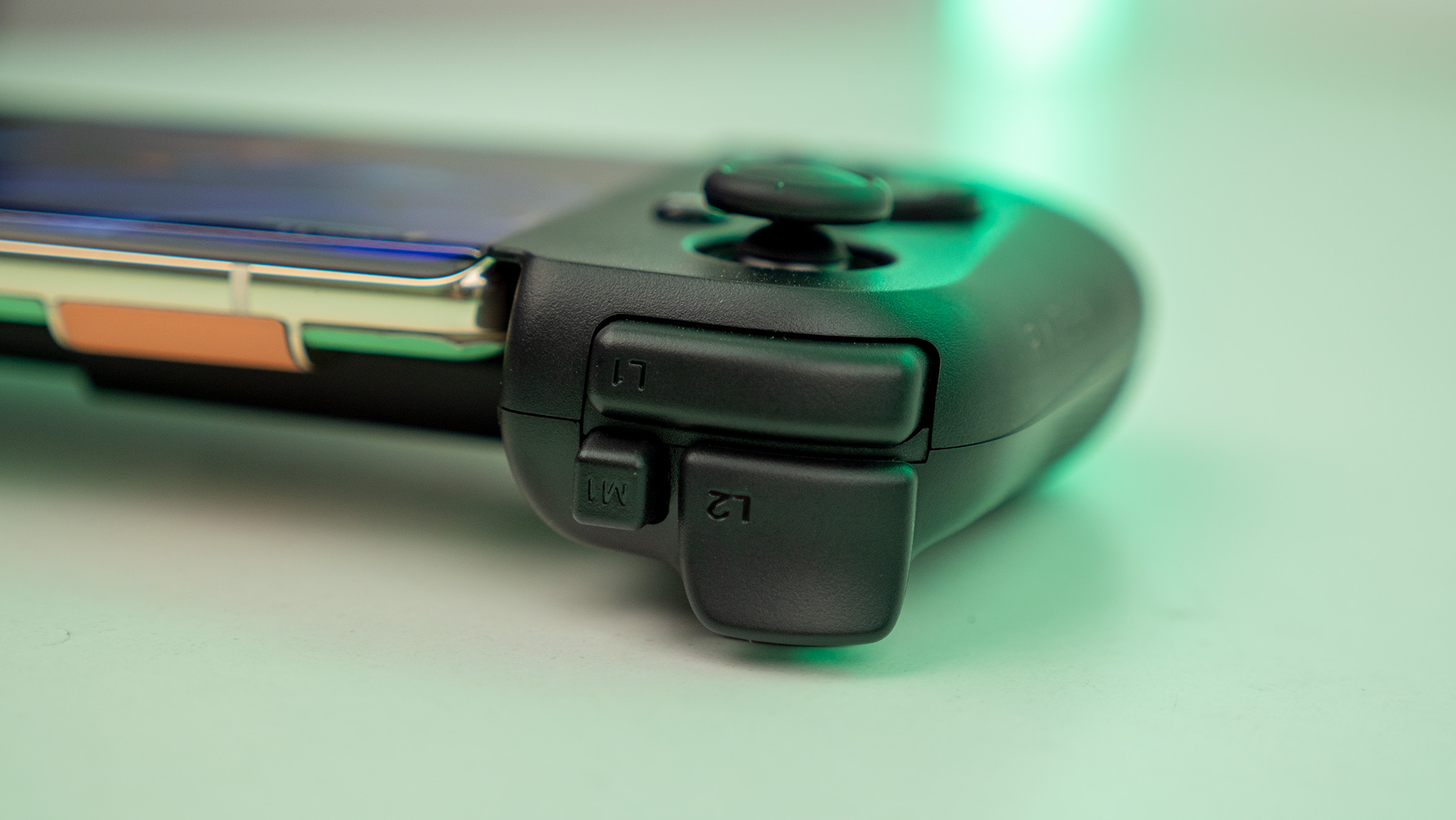
The last change (that's mostly for the better) is the triggers, which have seen a total overhaul but still feature the long travel and lovely ergonomics from the original. Aside from the size change, Razer added a third trigger button on each side (M1/M2) that can be mapped to function as any other button on the controller. By default, these are assigned to act like pressing the X/Y buttons.
That makes it easy to play a shooter title so that you can aim, shoot, toss grenades or other items, reload, and jump, all without ever taking either thumb off the dual analog sticks.
The only issue with these buttons is that they required my hands to wrap a bit more around the controller than I thought was initially comfortable since they're so high up there. Still, having the option to map those buttons to any other function on the controller was quite useful.
Razer is also launching a new app with the Kishi V2 — that's the Razer Nexus app — which allows players to customize some settings and remap the M1/M2 buttons. There's no RGB lighting or anything like that with this controller, so it doesn't go quite as far as some other Razer accessories do.
I'll be writing a full review here on Android Central once I get more time with it but, for now, it's looking to be an excellent follow-up to the original.

